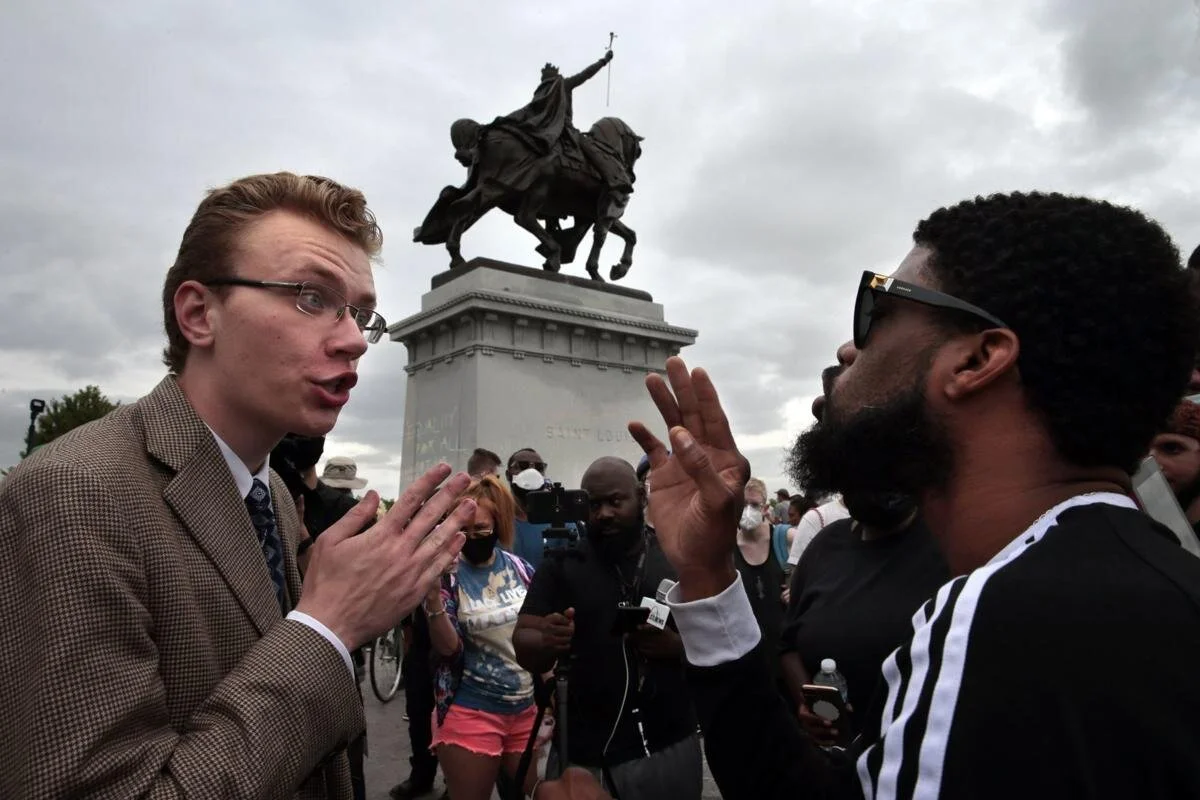Der einstige und der zukünftige Morgenthau Plan
/Innerhalb weniger Stunden nach dem Angriff auf die Nord-Stream-Pipelines am 22. September entstand die allgemeine Meinung, dass die Amerikaner die Täter waren, obwohl die Mainstream-Medien sich darin einig waren Russland zu beschuldigen. Nur die Amerikaner hatten ein Motiv und die Mittel dazu. Die Beweise beruhten auf Indizien, allerdings auf unwiderlegbaren. Innerhalb weniger Stunden nach dem Angriff machte das Video der Pressekonferenz von Präsident Biden mit Bundeskanzler Olaf Scholz vom Februar 2022 im Internet die Runde. Als Antwort auf eine Frage eines Reporters im Februar sagte Biden unmissverständlich, dass Amerika die Nord-Stream-Pipelines ausschalten würde, falls Russland in die Ukraine einmarschiert. Das Video von Victoria Nuland, in dem sie dasselbe sagte, begann ebenfalls innerhalb weniger Stunden nach dem Angriff zu zirkulieren.
Read More










